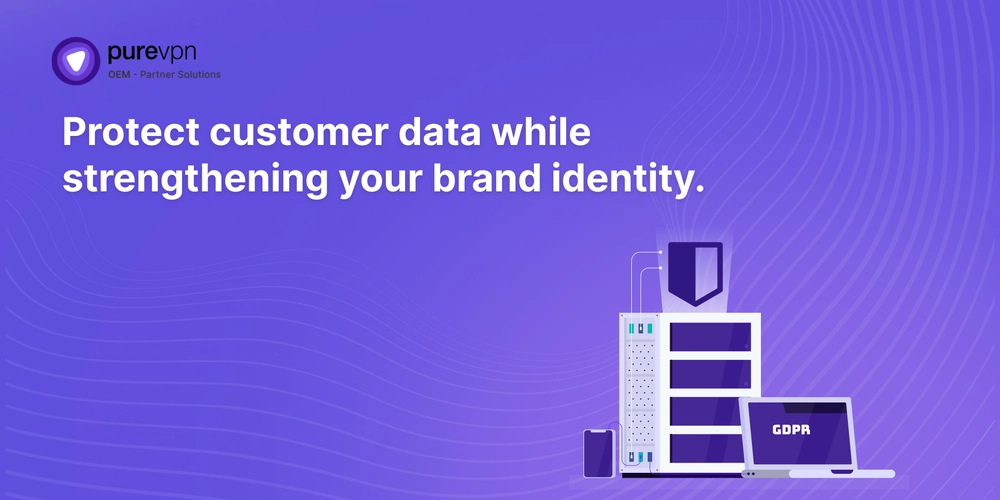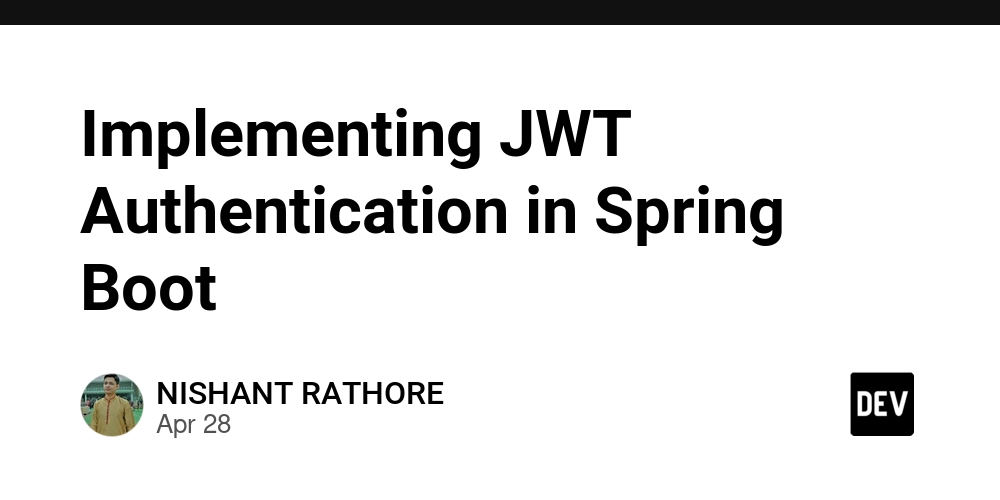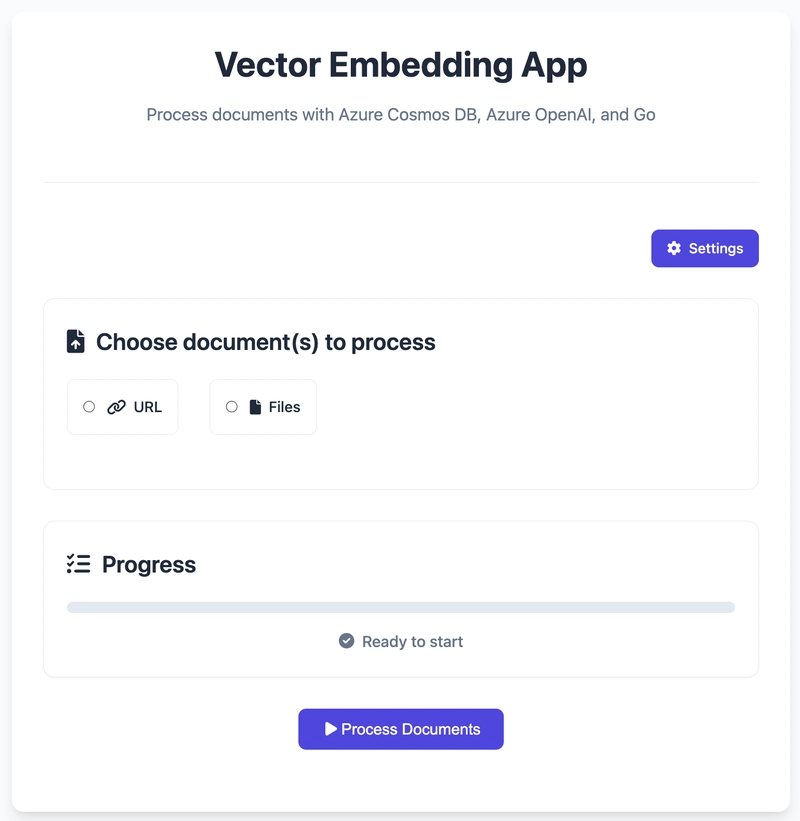Thinking of Starting a VPN Company? Here’s What Developers Should Know
Thinking About Launching a VPN? Here's a Dev-Focused Blueprint As developers, we're often tempted to look at VPN startups and think, “I could build that over a few weekends.” VPNs are deceptively complex, not just from a tech perspective, but from a business and regulatory one too. That said, if you get it right, you’ll be entering a fast-growing, future-proof industry. Here’s a pragmatic guide built for devs who are serious about launching. Step 1: Define Your Users First, are you targeting: Consumers: They want privacy and entertainment access. Businesses: They need secure remote team access. Restricted Markets: They require stealth and reliable obfuscation methods. Different user groups require different architectures and features. Step 2: Legal Reality Check Think beyond code: Does GDPR affect you? (Yes, even if you're not in the EU) Are you prepared for regions where VPNs are semi-legal? Do you have a no-logs policy that's audit-ready? You’ll need clear privacy documentation from Day 1. Step 3: Tech Stack Decisions At minimum: WireGuard, OpenVPN, IKEv2 support AES-256-GCM encryption Kill switch DNS leak protection Device-wide multi-platform apps (iOS, Android, Windows, macOS) If you’re going open source, even better. Trust starts with transparency. Step 4: Build vs. Buy DIY = Maximum control, high complexity White-Label = Faster to market, less differentiation Both routes work. Choose based on your risk tolerance, funding, and timeline. Step 5: Explore VPN-as-a-Service Models Building an API-first VPN product is a smart play for B2B SaaS companies needing embedded security. Think of it like Twilio but for encrypted network connections. Step 6: Security-First Development Use libsodium for crypto Implement zero-knowledge proof wherever possible Use HSMs (Hardware Security Modules) if managing keys Aggressively monitor and patch your stack Step 7: DevOps & Scaling Early bottlenecks kill young VPNs. Automate: Traffic balancing Server scaling Certificate renewals Downtime alerts CI/CD for your VPN backend is non-negotiable. Step 8: Building a User-Centric Brand Technical excellence isn’t enough. UX/UI simplicity Educational onboarding flows Clear subscription models Building trust happens through design just as much as backend reliability. Final Thoughts Building a VPN isn’t about pushing out a shiny app. It's a long-term commitment to user privacy, infrastructure excellence, and continuous security hardening. But if you love tough problems and meaningful impact, it might just be the ultimate dev project. More Visit: PureVPN Partner Solution

Thinking About Launching a VPN? Here's a Dev-Focused Blueprint
As developers, we're often tempted to look at VPN startups and think, “I could build that over a few weekends.”
VPNs are deceptively complex, not just from a tech perspective, but from a business and regulatory one too. That said, if you get it right, you’ll be entering a fast-growing, future-proof industry.
Here’s a pragmatic guide built for devs who are serious about launching.
Step 1: Define Your Users
First, are you targeting:
- Consumers: They want privacy and entertainment access.
- Businesses: They need secure remote team access.
- Restricted Markets: They require stealth and reliable obfuscation methods.
Different user groups require different architectures and features.
Step 2: Legal Reality Check
Think beyond code:
- Does GDPR affect you? (Yes, even if you're not in the EU)
- Are you prepared for regions where VPNs are semi-legal?
- Do you have a no-logs policy that's audit-ready? You’ll need clear privacy documentation from Day 1.
Step 3: Tech Stack Decisions
At minimum:
- WireGuard, OpenVPN, IKEv2 support
- AES-256-GCM encryption
- Kill switch
- DNS leak protection Device-wide multi-platform apps (iOS, Android, Windows, macOS) If you’re going open source, even better. Trust starts with transparency.
Step 4: Build vs. Buy
- DIY = Maximum control, high complexity
- White-Label = Faster to market, less differentiation Both routes work. Choose based on your risk tolerance, funding, and timeline.
Step 5: Explore VPN-as-a-Service Models
Building an API-first VPN product is a smart play for B2B SaaS companies needing embedded security.
Think of it like Twilio but for encrypted network connections.
Step 6: Security-First Development
- Use libsodium for crypto
- Implement zero-knowledge proof wherever possible
- Use HSMs (Hardware Security Modules) if managing keys
- Aggressively monitor and patch your stack
Step 7: DevOps & Scaling
Early bottlenecks kill young VPNs.
Automate:
- Traffic balancing
- Server scaling
- Certificate renewals
- Downtime alerts CI/CD for your VPN backend is non-negotiable.
Step 8: Building a User-Centric Brand
Technical excellence isn’t enough.
- UX/UI simplicity
- Educational onboarding flows
- Clear subscription models Building trust happens through design just as much as backend reliability.
Final Thoughts
Building a VPN isn’t about pushing out a shiny app. It's a long-term commitment to user privacy, infrastructure excellence, and continuous security hardening.
But if you love tough problems and meaningful impact, it might just be the ultimate dev project.
More Visit: PureVPN Partner Solution



































































